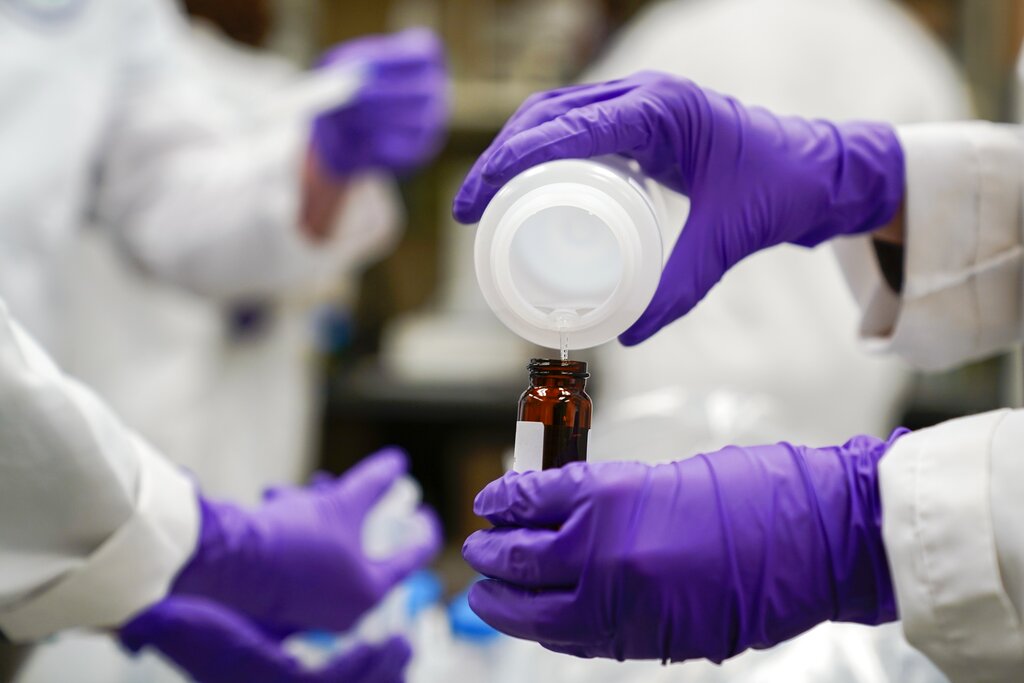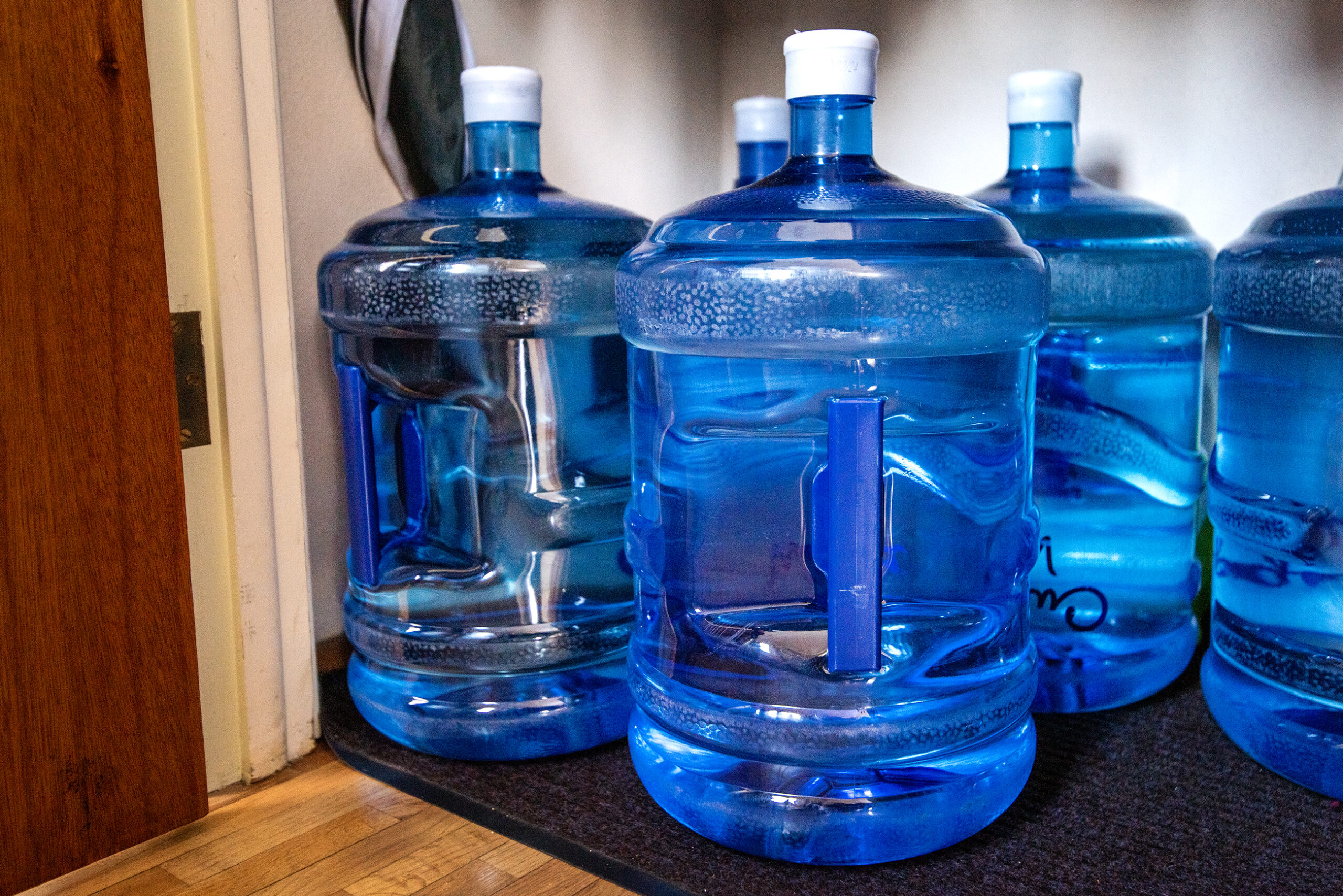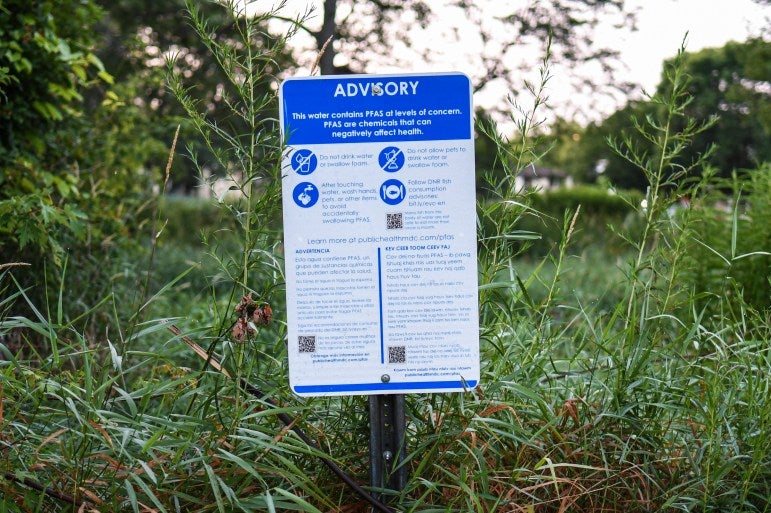As Wisconsin’s PFAS standards for drinking water take effect, state regulators are requiring water systems to notify customers about any detections of the so-called forever chemicals.
In February, the Natural Resources Board signed off on a drinking water standard of 70 parts per trillion for two of the most common PFAS chemicals: PFOA and PFOS. Republican lawmakers didn’t object to new regulation, and it took effect on Aug. 1.
Now, the Wisconsin Department of Natural Resources is requiring those systems to notify customers of any PFAS that’s detected after the U.S. Environmental Protection Agency released interim health advisory limits for PFAS in June. Federal regulators issued unenforceable limits of 4 parts per quadrillion of PFOA and 20 parts per quadrillion of PFOS. Those levels are thousands of times lower than the state’s standard.
News with a little more humanity
WPR’s “Wisconsin Today” newsletter keeps you connected to the state you love without feeling overwhelmed. No paywall. No agenda. No corporate filter.
“We’re recommending that they share that information with their consumers in a timely matter,” said Steve Elmore, director of the DNR’s Drinking Water and Groundwater Bureau. “It is a requirement that they include any detects of those substances in their Consumer Confidence Report, which is an annual publication that highlights the water quality of the system.”
PFAS, or perfluoroalkyl and polyfluoroalkyl substances, are a class of thousands of synthetic chemicals found in firefighting foam and everyday products. Research has shown they’re linked to serious health effects that include increased risk of kidney and testicular cancers, thyroid disease and fertility issues. The chemicals have also been tied to reduced response to vaccines.
While regulators urge systems to notify customers, Elmore noted one complicating factor is that most labs can’t detect the chemicals at the EPA’s advisory limits. The state’s current methods for measuring PFAS can only identify the chemicals down to about 1 part per trillion.
The shifting values and requirements has been frustrating for Chris Groh, executive director of the Wisconsin Rural Water Association. The group represents small public water utilities.
“It’s hard to tell my members to tell a customer your water is good, or your water still has some of this stuff in it, but we just don’t know how much,” said Groh. “That doesn’t help. That doesn’t let the customer know that they have for sure good water.”
Even so, state and federal regulators stress that lowering levels of the chemicals limits exposure even if PFAS can’t be detected at the EPA’s interim limits.
“If you do find it, finding ways to lower the levels, like turning off wells or adding treatment to the wells that are affected, can lower the risk,” said Elmore.
In the state’s largest city, Milwaukee Water Works has been including test results for PFAS in its water quality reports every year since 2016. The most recent report found PFAS levels in Milwaukee’s drinking water below 3 parts per trillion, according to results from a Eurofins lab in Indiana.
“We’ll have to make that clear in our water quality report — the limitations of the technology. But the bottom line is that people need to know, people deserve to know what’s in their water,” said Brian Rothgery, spokesperson for Milwaukee Water Works. “And so we will communicate to our consumers whatever the levels are that we detect.”
The city recently finished PFAS testing as part of the DNR’s voluntary PFAS sampling project for municipalities, which offers free testing through September. Rothgery said they expect to receive those results yet this month.
So far the DNR has collected around 300 samples from 129 systems. Of those, PFAS was detected in 38 public water supplies.The chemicals have been found in drinking water for Milwaukee, Madison, La Crosse, Eau Claire and Wausau.
In February, Wausau notified residents of elevated levels of PFAS in all six city wells. The city has set a goal to lower PFAS levels below 20 parts per trillion — the groundwater standard recommended by the Wisconsin Department of Health Services.
In June, the city approved a plan to spend $16.8 million to reduce PFAS in its drinking water by installing carbon filters, known as granular activated carbon, at a new treatment plant that’s currently being built. The city would borrow money in the short-term and seek reimbursement from state programs.
Wausau Mayor Katie Rosenberg hopes to see a treatment process for the chemicals completed within the next two years. Until then, she said labs are working to advance technology to increase the sensitivity of testing for PFAS at lower levels.
“When you’re talking about parts per quadrillion, I understand there’s probably a lot of science that goes into making sure you’re identifying correctly,” said Rosenberg. “But for now, it’s the same situation that we’ve been dealing with since February.”
Elmore said available treatments like granular activated carbon have been shown to remove PFAS to non-detectable levels.
In the meantime, the DNR is requiring systems to take additional steps to limit exposure if levels of the chemicals are found at 70 parts per trillion or higher as the agency begins monitoring them for compliance in November. The EPA continues to develop national standards for the chemicals in drinking water, and the DNR expects federal regulators will release a draft proposal this fall.
Wisconsin Public Radio, © Copyright 2025, Board of Regents of the University of Wisconsin System and Wisconsin Educational Communications Board.






